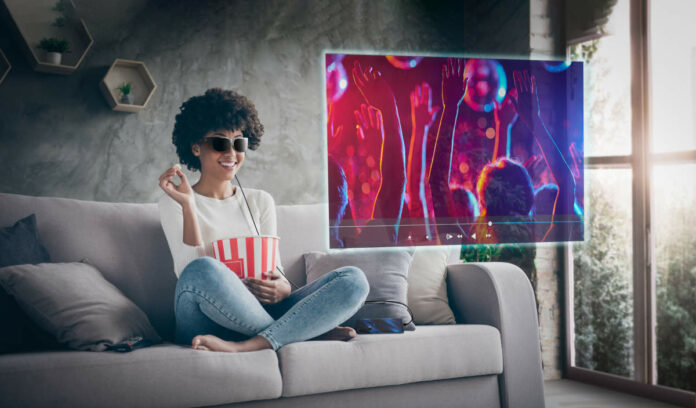Lenovo has unveiled Glasses T1 eyewear featuring a pair of micro-OLED displays. Designed to project a virtual screen in front of the user, very much the same as your standard VR headsets but in a much sleeker, smaller format.
At face value – pun intended – it’s essentially dual displays in spectacle form, ideal for private viewing of your favourite content, be it a popular series or a quick gaming session and anything in-between, Lenovo claims these bad boys can do it all.
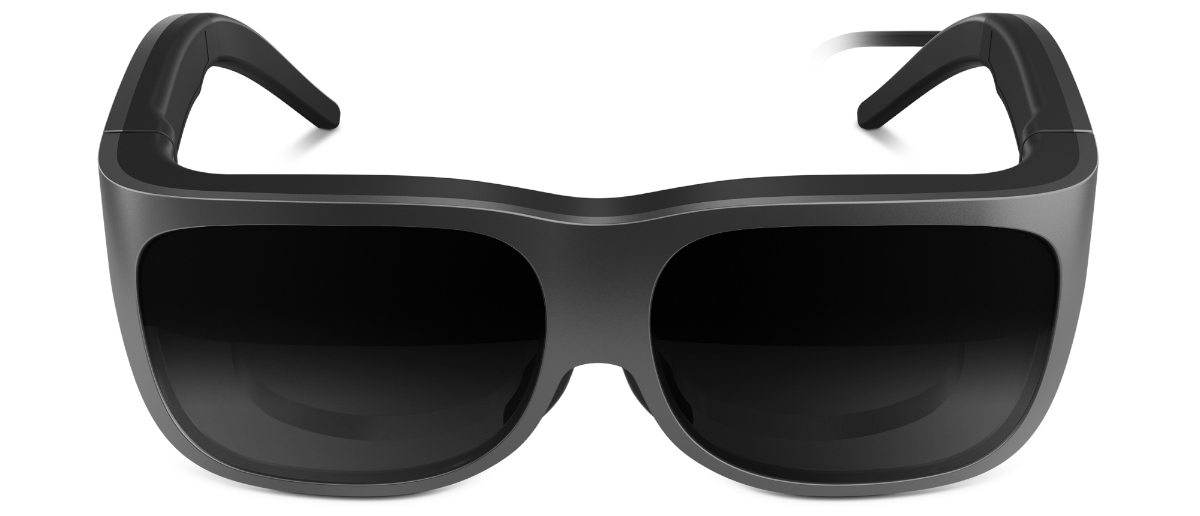
The laptop maker touts the new tech as a personal monitor in your pocket, and we can see the appeal, be it keeping critical information away from prying eyes when in a public space or immersing yourself in a game or movie during a long flight.
Featuring a sleek black design, the company ensures the frames are designed to fit comfortably on any face, as it comes equipped with adjustable arms, swappable nose clips, and support for subscription lenses via a separate in-box attachable frame.
The eyewear looks reasonably inconspicuous, save for the Lenovo branding on the frame, and its overall size is not too out of the ordinary. Styling is of course a personal preference, but if you happen to appreciator The Terminator look, Glasses T1 may fit the bill.
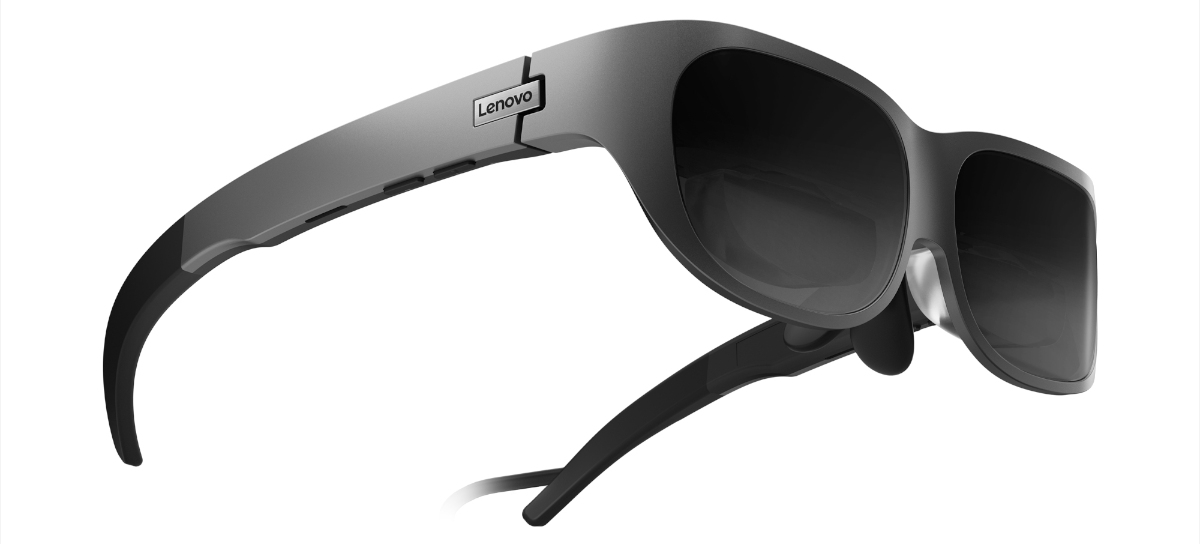
The device is compatible with all smartphones and operating systems; including Windows, iOS, and Android, and when connected to a smartphone automatically transform your phone into a touchscreen remote for easy navigation. However, it is important to note when connecting to iOS with a lighting connector, an additional HDMI to Glasses adapter, or Apple Lighting Digital AC adapter is required.
In terms of the underlying tech, Glasses T1 feature micro-OLED displays with a resolution of 1920×1080 pixels per eye at 60Hz and built-in speakers. We’re not sure the latter will bode well for private listening, but suspect most will use wireless earbuds for complete isolation from the outside world. Besides the down-firing stereo speakers, the left arm contains your volume buttons, and the right arm is where you can adjust screen brightness.
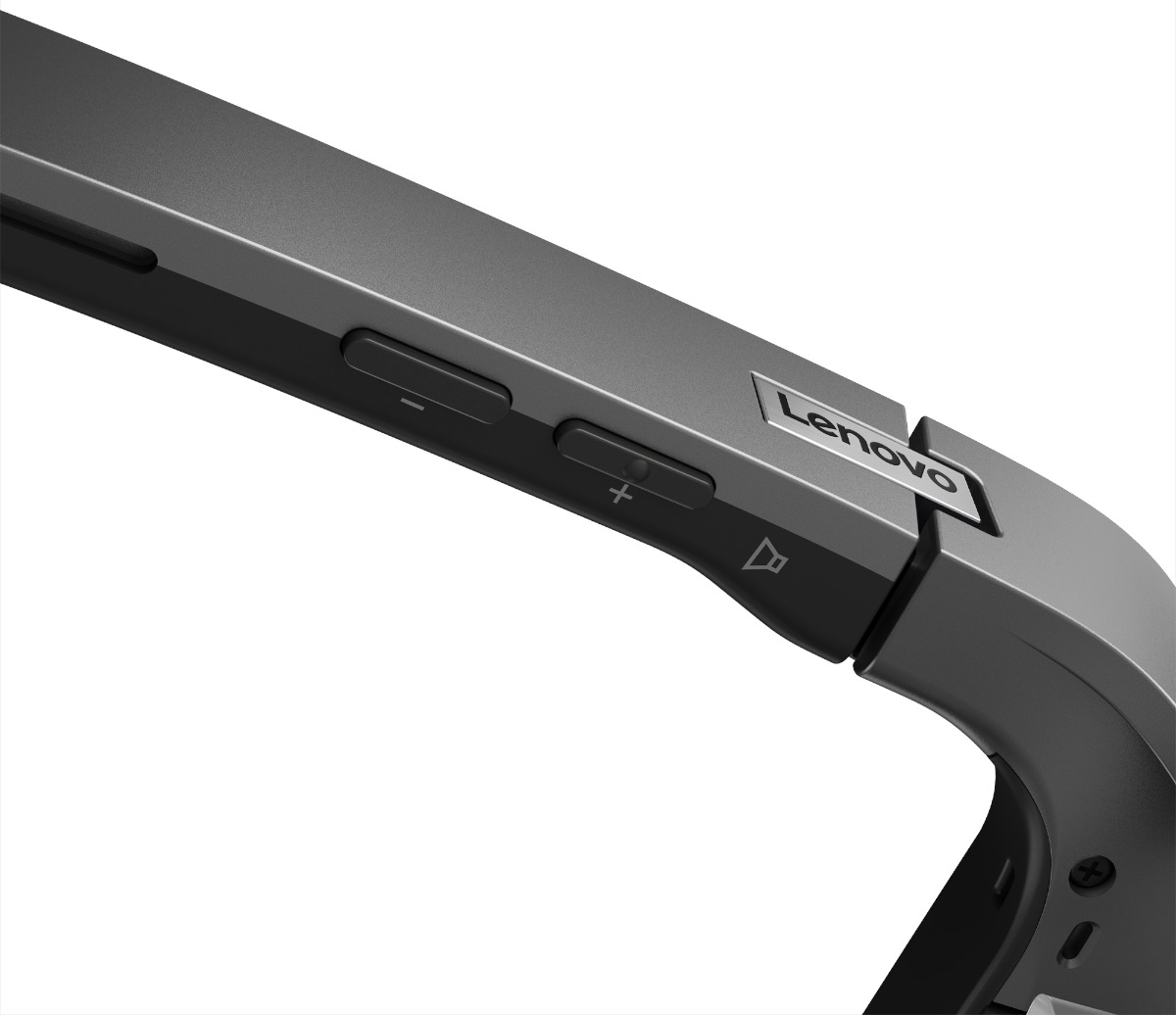
One caveat I would point out is that it requires a physical USB-C port for connectivity, no wireless connections are available due to the device being powered externally via your smartphone or computer.
We have seen many prototypes in the wearable face-tech space, and big-name manufacturers have attempted to bring their own versions of smart glasses to market with varying success. Google Glass being the first to make headlines way back in 2013, and remember the Microsoft HoloLens? Me too, the mixed-reality headsets sadly never made it the consumer market and remains exclusive to business, healthcare and development sectors. You can own one, however, if you have $3,500 to spare.
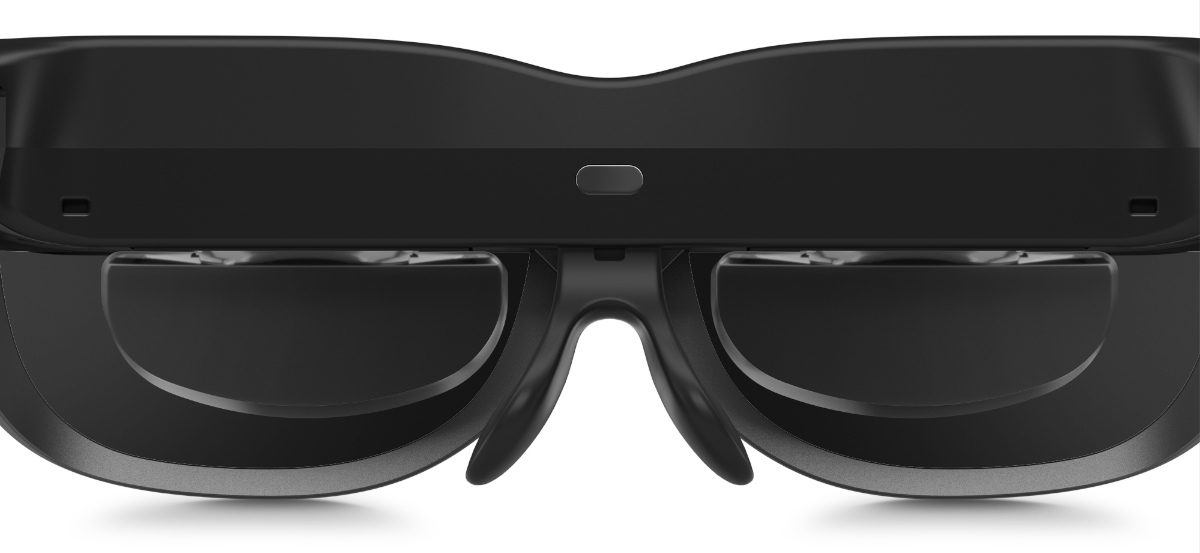
Any alternatives? In short yes, TCL has a similar apparatus in the works called the TCL Nxtwear G, though it is only a prototype for now with no release expected anytime soon, while the Viture One XR currently has a kickstarter campaign with an early bird pre-order pledge beginning at $399 ahead of availability in October this year.
Lenovo plans to release Glasses T1 in China within the year, and in select markets in 2023. The price for the wearable display solution will be announced upon availability.


